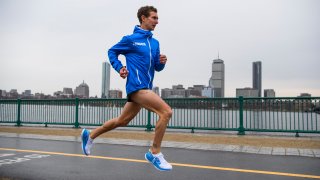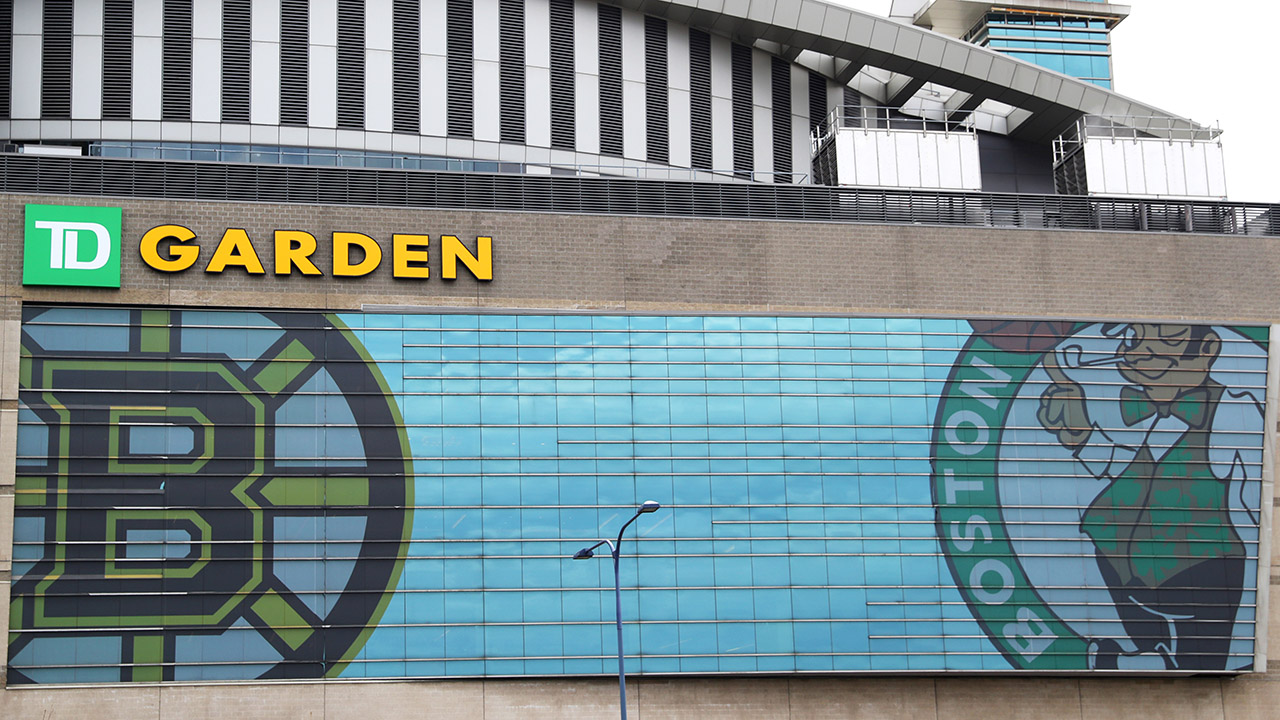
A push. That's what guided Tyler Andrews to Atlanta for the U.S. Olympic marathon trials this weekend.
From himself, to rebel against the traditional model of what a distance runner should resemble coming out of high school.
From his coach, who saw something special in him if he just dug deep.
From his family, who constantly supported him.
And from that potentially life-saving push when he was 6 years old.
It was just a playful shove from his older brother that knocked the youthful Andrews to the ground. A mysterious-looking rash suddenly developed on his upper torso, arm and under one eye.
That set off alarms and led to an early diagnosis of aplastic anemia, a rare condition in which the bone marrow fails to produce new blood cells.
Local
His childhood ordeal helped form a “conquer-anything” mentality that started him down the road to where he is today, an elite runner who takes a scientific approach to lowering his time.
“I don't know if it's conscious but it definitely shaped my personality, having gone through that and come out on the other side,” said the 29-year-old from Concord, Massachusetts, who's making his second Olympic marathon trials appearance. “There's definitely an attitude coming through of, 'Hey, you've done pretty good so far, so let's appreciate this and be thankful we're still here.”
Andrews may not be the most recognizable name or among the favorites in Saturday's race. Don't be surprised, though, should he make a run at one of the three U.S. men's marathon spots for the Tokyo Games.
He's faced tough odds before.
Ask Andrews about his childhood illness and he can't recall all that much. He remembers things like being afraid of the nurses when they came into his room during nightly visits to draw blood. Or hoping to get the room with the better video-game console while waiting for treatments.
His parents, Tim Andrews and Valerie Cummings, recall everything. How horsing around with his brother led to the detection of his disease. After his fall, Tyler Andrews developed petechiae, which are round spots that appear on the skin as a result of bleeding.
They took him to the hospital, where doctors made the discovery of aplastic anemia.
He essentially needed to have his bone marrow rebooted. So doctors suppressed it through chemotherapy and then just waited to see if it worked.
It was about a six-month process.
“A brief time in the grand scheme of things,” his father said. “But in the middle of it? It seemed like an eternity. They did incredible work with him.”
To this day, Andrews still sees the same pediatric specialist. He sits in the waiting area in the tiny chairs before undergoing lab work. He's always received the same sort of report --no sign of the disease reappearing.
“It's a lot of the same staff and they're always excited to see him,” his mom said. “It's sort of like the miracle child coming in.”
In high school, he went out for the cross country team only because his brother participated. His best time was around 18 minutes, 30 seconds, which was solid but not the sort of showing that screamed future Olympic marathon trials qualifier. He got faster at Tufts University, a Division III school in Medford, Massachusetts.
And then even faster after college.
He likes to say he threw a curve into the paradigm of identifying elite runners, who usually have fast mile and two-mile splits in high school and take off from there.
“For me, it's been a super-long and slow process,” Andrews said.
One that's been bolstered by his engineering degree. He analyzes and maps out every aspect of running.
Mom: “He takes a very methodical, scientific approach.”
Dad: “He's just a running nerd.”
Helping him navigate his way is his high school coach, Jon Waldron. He's the one who convinced Andrews to throw himself into the sport. He's the one that showed Andrews there was a correlation between the work he put in and the results he got out.
“I just assumed runners were either good or not,” said Andrews, who's the co-director of Strive Trips, which leads student-athletes on educational running excursions. “I wasn't that good so I wasn't really interested. But he showed me that I could get better at this thing.”
Andrews finished the 2014 Boston Marathon in a time of 2 hours, 21 minutes, 33 seconds. A month later, he won the Vermont City Marathon.
“Just kept getting faster and faster and faster and faster,” his father said.
Andrews qualified for the U.S. Olympic marathon trials leading into the 2016 Rio Games, but didn't have his best performance. He was dealing with exercise induced bronchial spasms that were exacerbated by the heat in Los Angeles. He actually thought about dropping out, but stuck with it to finish 83rd and more than 22 minutes behind winner Galen Rupp.
“At the time, I'd never dropped out of a race before,” said Andrews, who's sponsored by Hoka One One and earned a silver medal at the 2016 50-kilometer world championships. “I didn't want that on my conscience.”
Leading into the Olympic marathon trials, Andrews elevated his training by spending the last month in Quito, Equador, which is located more than 9,000 feet above sea level. That area has become his home-away-from-home as he trains with a fleet of runners.
Given his humble running beginnings, he still finds it somewhat awe-inspiring to line up with the likes of Rupp, Jared Ward, Scott Fauble and Leonard Korir, who are some of the favorites to earn a ticket to the Tokyo Games.
“As I get deeper and deeper into the sport, you realize how many tiers above you there are,” Andrews explained. “At first, you think, 'One more jump and I'm right there.' Then you realize there's 10 more jumps above me.”
His parents will be on hand to cheer him on. Tim will be taking pictures, while Valerie worries until he crosses the finish line.
It's a moment to reflect, too.
“We're just grateful every day,” his father, “that he's here and living.”



